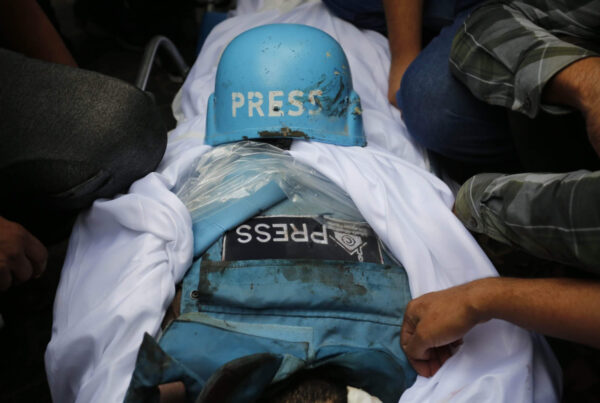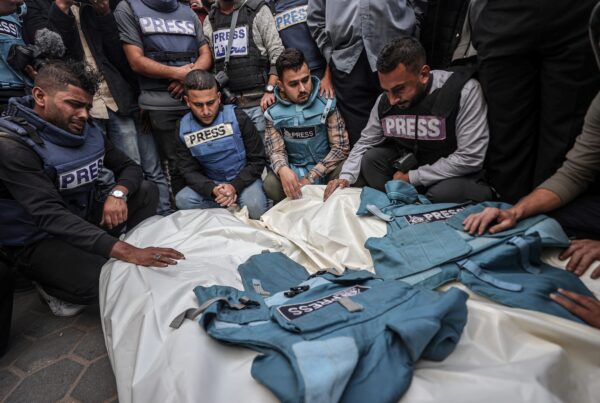This is a short extract from a chapter in a collection titled Creative writing practice : reflections on form and process, edited by Debra Adelaide and Sarah Attfield, first published in 2021 by Palgrave Macmillan.
Behrouz was known as MEG045. This was one of the more transparent attempts to dismantle the prisoners’ sense of identity and humanity. Isolation, boredom and the endless monotony of unchanging routine drove the prisoners to the edge of insanity (Boochani 2018, pp. 126–127). Self-harm and suicide attempts became regular occurrences. The refugees were imprisoned in Manus, yet they were never tried in a criminal court and they had no access to legal recourse. Behrouz likens the futile predicament of the prisoners to Kafka’s The Trial (Zable 2018). With no time limit on their banishment, prisoners could either wait indefinitely for their circumstances to change, return to the persecution from which they fled or kill themselves. Or they could revolt. “The [Manus prison] system welcomes violence and creates a situation so that the prisoners … move toward violence and enact violence” (Behrouz Boochani cited in Zable 2018).
Any resistance against the system was brutally suppressed by the contractors and local police. In February 2014, local police entered the centre in response to a prisoner protest and attacked the refugees, injuring more than 70 asylum seekers including one man who was shot and another who had his throat cut (Davidson et al. 2014).
Dozens of individuals laid out on the floor /
The ground covered in blood /
Men all over the place with crushed bodies /
Men all over the place with smashed bones / (Boochani 2018, p. 353)
Reza Barati, aged 23, was repeatedly hit over the head by a local security guard wielding a large wooden, nailed stick (Tlozek 2016). While Reza lay on the ground, a group of 10–15 local and Australian guards wearing boots kicked him in the head and stomach (Brewster and Richards 2014). One of the local guards lifted a big rock above his head and threw it down hard on top of Reza’s head. Reza did not survive his injuries.
The Australian government later lied about the circumstances of his death (Farrell 2014). Behrouz wrote that this ensured “no-one will ever again risk even contemplating the possibility of challenging the Kyriarchal System” (2018, p. 353).
Except that wasn’t exactly true. In the midst of this immense suffering, a brotherhood formed between the prisoners, a bond of collective trauma. Behrouz says this motivated him and others to act on behalf of all the prisoners (Boochani 2018, p. 125). Behrouz found a non-violent way to resist the system. He decided to write, hoping that documenting these atrocities would not only help his fellow prisoners but might also help save his own sanity.
“I think that the best way to fight against the system … is not to follow the logical outcome which is violence, but instead … free yourself from the system so that you do not replicate violence.” (Behrouz Boochani cited in Zable 2018)



